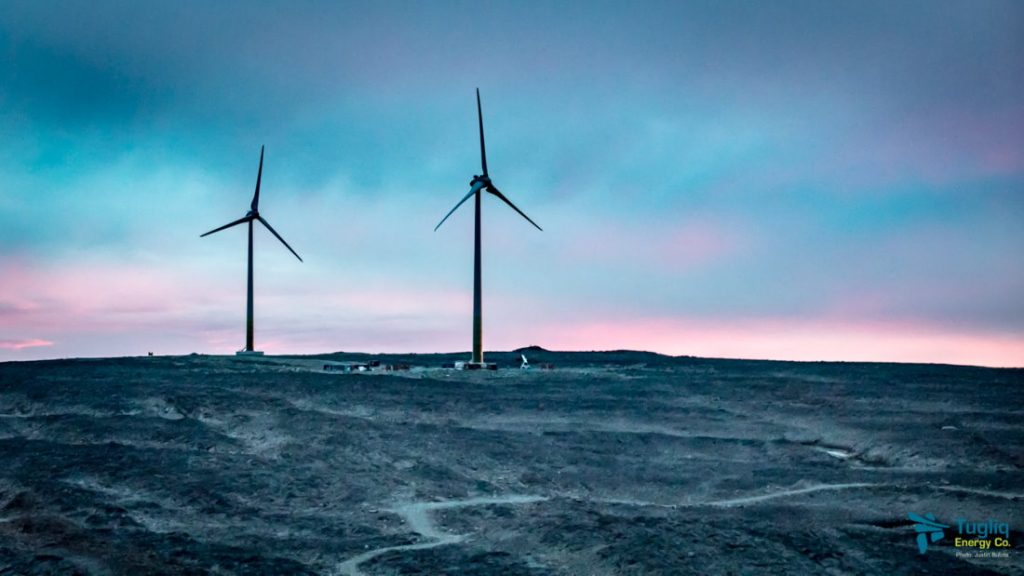Feds announce $7.1M for new wind turbines at Raglan mine



As part of its climate efforts, the federal government is providing $7.1 million to Tugliq Energy to help fund the installation of two more wind turbines at Glencore's (LON: GLEN) remote Raglan nickel mine.
The operation, in the Nunavik region of northern Quebec, already has two 3-MW wind turbines, one constructed in 2014, and the second in 2018. The two turbines currently generate around 10% of mine power, saving over 4 million litres of diesel every year, and reduce greenhouse gas emissions by 12,000 tonnes. Two more wind turbines would increase the mine's renewable energy capacity to 12 MW and its energy storage capacity to 6 MW, and reduce diesel use by 6.6 million litres annually.
Tugliq is currently in the midst of integration studies and technical engineering for the new infrastructure, but it could be ready to begin construction in one year's time. Construction would take another two years – one year for the foundation, another for installation.
During the announcement, Tugliq Energy president and CEO of Laurent Abbatielo said that the first wind turbine at Raglan was “deemed impossible” by many.
Instead, it “proved to be a great success and an example to be followed for the diversification of energy in the Arctic.”
Funding for the project comes from Natural Resources Canada's eight-year, $220-million Clean Energy for Rural and Remote Communities program.
The federal government has announced a goal of reaching net-zero emissions by 2050, and in December proposed $15 billion in initial investments to meet and beat its emissions targets, noted Paul Lefebvre, Parliamentary Secretary to the Minister of Natural Resources, during the announcement.
“These investments are more important in the mining sector than anywhere else,” Lefebvre said, as so much mining takes place in remote areas away from power infrastructure, and therefore relies on diesel-generated power.
While reducing greenhouse gas emissions has been “a constant objective” at Raglan, Pierre Barrette, vice-president of Raglan mine said it was also a big challenge given the mine's remoteness. Mining at Raglan began in 1997, and the open pit and underground mining complex now produces close to 40,000 tonnes nickel-in-concentrate annually.
Government support, Barrette added, was essential to shift the energy balance of the North away from diesel.
“This will not only have a positive effect on greenhouse gas emissions but will also help develop technologies that will help (advance) wind power integration elsewhere in the North and in other communities,” Barrette said.
Direct investment in the project will come from Tugliq as the owner and operator, rather than Glencore. The government's contribution will be directed towards capital costs to improve the business case of the project, said a Tugliq spokesperson in an email to CMJ.
"Infrastructure projects always carry considerably higher costs in the Canadian North than in the South for reasons related to distance of transport and remote site conditions," she said. "Tugliq's business proposal is to remove the capital expenditures needed to reduce GHG emissions from mining companies and thus, take all the construction cost on its behalf."
For more information, visit tugliq.com/en.
Comments